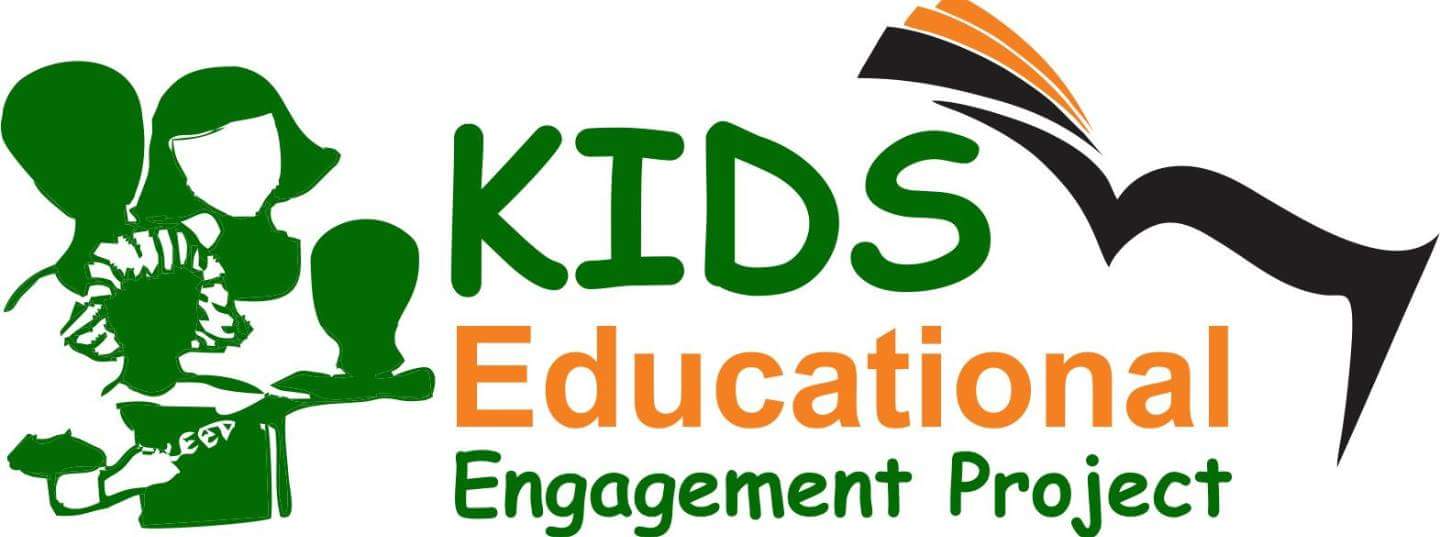Modest economic growth projected for Africa

Sub-Saharan Africa is projected to grow by 3.6 percent in 2022 – more than one percentage point slower than 2021 mainly due to a worldwide slowdown, tighter financial conditions and volatile commodity prices.
Rising food and energy prices are striking at the region’s most vulnerable, and public debt and inflation are at levels not seen in decades.
The most recent turmoil comes on top of a prolonged pandemic, leaving authorities with their most difficult and uncertain policy environment in years.
International support to address ongoing challenges, including food insecurity and the green energy transition, remains essential.
Sub-Saharan Africa’s economic activity is expected to slow significantly in 2022 and remain relatively modest in 2023.
A downturn in advanced economies and emerging markets, tighter financial conditions, and volatile commodity prices, have undermined last year’s gains.
Looking ahead, the outlook remains highly uncertain. Consequently, countries in the region are living on the edge, the International Monetary Fund (IMF) said in its latest Regional Economic Outlook for Sub-Saharan Africa.
“Late last year, sub-Saharan Africa appeared to be on a strong recovery path out of a long pandemic. Unfortunately, this progress has been abruptly interrupted by turmoil in global markets, placing further pressures on policymakers in the region,” stressed Abebe Aemro Selassie, Director of the IMF’s African Department.
The region is expected to grow by 3.6 percent in 2022, down from 4.7 percent in 2021, due to muted investment and the overall worsening of its balance of trade.
Non-resource-intensive countries, which enjoy a more diverse economic structure, will continue to be among the region’s more dynamic and resilient economies, growing by 4.6 percent in 2022, compared to 3.3 percent in oil exporters and 3.1 percent in other resource-intensive countries.
Following worldwide trends, inflation has increased faster and more persistently than previously anticipated, reflecting mounting prices for essential food and energy items, which comprise about 50 percent of the region’s consumption basket.
And while the recent pickup in inflation is less striking relative to historical averages for sub-Saharan Africa, the cost-of-living squeeze has pushed millions of people into acute food insecurity and could weigh on economic growth and undermine social and political stability.
The most recent turmoil is just the latest in a series of shocks over the past few years, all of which have taken a toll on the region’s policy space.
Public debt has reached about 60 percent of GDP, leaving the region with debt levels last seen in the early 2000s.
In this regard, the composition of debt has shifted towards higher-cost private sources, increasing debt service costs and rollover risks. In fact, 19 of the region’s 35 low-income countries are now in debt distress or at high risk of distress.
Against this backdrop, Mr. Selassie pointed to four priorities for policy makers in the region.
“First, in the context of rising food insecurity, the utmost priority must be to protect the most vulnerable. Scarce resources should go to those who need them most. Poorly targeted emergency measures should be gradually phased out.
“Second, to contend with increased inflation and tightening global interest rates, policymakers should cautiously raise policy rates, while keeping a close eye on inflation expectations and foreign exchange reserves.
“Third, policy makers in the region need to continue consolidating their public finances to preserve fiscal sustainability, particularly in the context of rising interest rates. Credible medium-term fiscal frameworks, including effective debt management, can help lower borrowing costs.
“In countries with acute debt vulnerabilities, debt restructuring or reprofiling may be required, suggesting the need for improved implementation of the G20 Common Framework.
“And finally, they should set the stage for high-quality growth, amid accelerating climate change. Investment in resilient, green infrastructure, and capitalizing on the region’s sizable renewable-energy resources will require both innovative private finance and energy sector reforms.
“Budget support—including official development financing and humanitarian assistance—has been declining over the past two decades while the region’s immediate and longer-term development needs are rising, particularly in areas such as food security and climate change.
“Increased support, including more concessional finance, will be crucial for sub-Saharan Africa to be able to pursue a low-carbon and climate-resilient growth path.
“On our side, we have been supporting sub-Saharan Africa with close to $50 billion since the beginning of the pandemic; recent new Fund-supported programs (e.g., Benin, Cabo Verde, Mozambique, Tanzania, Zambia), have included policies to address the impact of the food crisis; and the IMF Board has just approved a new Food Shock Window to support our members suffering from acute food insecurity, a sharp food imports shock, or from a cereals export shock.
“We are also helping catalyze new capital inflows by boosting local capacity and expanding our lending facilities with our new Resilience and Sustainability Trust to provide affordable financing to address longer-term structural challenges.
“With help, sub-Saharan Africa will be poised to fulfill the promise of the African century, contributing to a more prosperous, greener future for the region and the world.”

